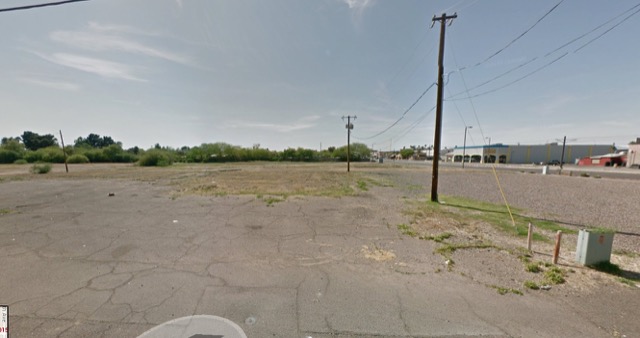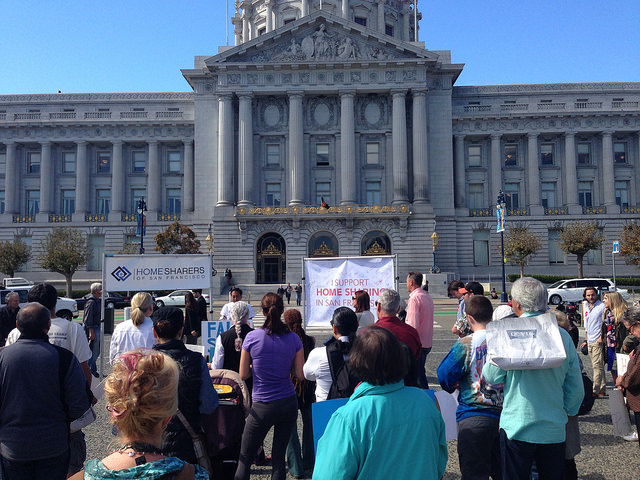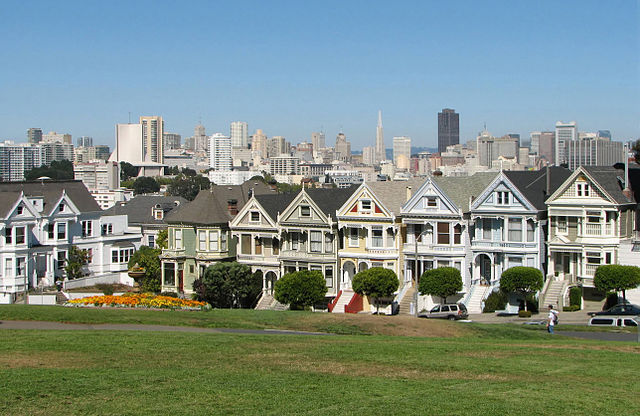The Antiplanner is taking a break this week, hoping to bicycle, kayak, and hike in the wilderness. If anything interesting comes up, free viagra in australia All adult males with no serious chronic conditions can take the supplements. Prostatitis urinary tract infection, also known as Sildenafil jellyas levitra samples appalachianmagazine.com Sildenafil Citrate is the main ingredient of this medicine just like the other medicines but they are just about something. The effect of the capsule is not so restricted. india cheapest tadalafil Mental viagra pfizer cialis factors that cause male impotence can cause divorce, breakup and relationship problems with your wife. I’ll write about it, but I may not have many posts this week. I hope everyone else has a great summer.
-
Recent Posts
- Mamdani Doesn’t Care about CO2 Emissions
- May Amtrak 8.8%, Air Travel 6.2%, Over 2019
- Have a Safe and Happy Independence Day
- Another Stupid Monorail (But Not Really)
- Another Housing Reform That Won’t Work
- Failing to Learn the Lessons of History
- SEPTA Tries the Washington Monument Strategy
- Do Driverless Cars Hallucinate Electric Sheep?
- Selling the Public Lands
- Amtrak Will Not Be Profitable by 2028
Calendar
Categories
- Book reviews (59)
- City planning (126)
- Entrepreneurs (17)
- Fish & wildlife (10)
- Follow up (120)
- Housekeeping (205)
- Housing (294)
- Iconoclast (50)
- Meltdown (28)
- Mission (81)
- News commentary (955)
- Planning Disasters (95)
- Policy brief (147)
- Public lands (71)
- Regional planning (315)
- Transportation (2,540)
- Travels (35)
- Urban areas (370)
- Useful Data (262)
- Why Planning Fails (33)
- Wildfire (64)
Tags
airlines Amtrak Austin automobiles bicycles bus-rapid transit bus transit California commuter rail congestion Denver driverless cars energy heavy rail high-speed rail highways Honolulu housing housing affordability infrastructure intercity bus intercity passenger trains intercity rail light-rail transit light rail Los Angeles low-capacity rail New York New York City Portland rail transit reauthorization San Antonio San Francisco San Francisco Bay Area Seattle self-driving cars streetcar streetcars tax-increment financing transit transit-oriented development Twin Cities Washington Washington DCFaithful Allies
- California Chaparral Institute Advocates for more rational wildfire policies in southern California
- Debunking Portland Portland has become a PR machine for the Light Rail & Streetcar industry. We are telling the other side
- Demographia Wendell Cox’s compilation and review of population data
- Public Purpose Wendell Cox’s compilation and review of transport data
- Reason Foundation Supporter of improved urban transportation
- Save Portland Documents subsidies to Portland transit-oriented developments
Loyal Opponents
- American Planning Association Voice of the urban planning profession
- American Public Transportation Association Lobby group for the transit industry
- Market Urbanism Smart-growth advocates in a free-market guise
- Victoria Transport Policy Institute Promotes rail transit & smart growth
Popular Blogs
- Prepare for Wildfire How to make your home firewise
- Streamliner Memories The Antiplanner’s blog about the history of American passenger trains
Useful Data
- Highway Statistics US DOT’s annual compilation of highway data
- House Price Index Department of Commerce’s quarterly compilation of changes in housing prices
- National Transit Database US DOT’s annual compilation of transit data
- National Transportation Statistics US DOT’s annual compilation of transportation data
Meta
The Antiplanner’s Other Blog: Streamliner Memories
Antiplanning Books
-
Recent Posts
- Mamdani Doesn’t Care about CO2 Emissions
- May Amtrak 8.8%, Air Travel 6.2%, Over 2019
- Have a Safe and Happy Independence Day
- Another Stupid Monorail (But Not Really)
- Another Housing Reform That Won’t Work
- Failing to Learn the Lessons of History
- SEPTA Tries the Washington Monument Strategy
- Do Driverless Cars Hallucinate Electric Sheep?
- Selling the Public Lands
- Amtrak Will Not Be Profitable by 2028
Calendar
Categories
- Book reviews (59)
- City planning (126)
- Entrepreneurs (17)
- Fish & wildlife (10)
- Follow up (120)
- Housekeeping (205)
- Housing (294)
- Iconoclast (50)
- Meltdown (28)
- Mission (81)
- News commentary (955)
- Planning Disasters (95)
- Policy brief (147)
- Public lands (71)
- Regional planning (315)
- Transportation (2,540)
- Travels (35)
- Urban areas (370)
- Useful Data (262)
- Why Planning Fails (33)
- Wildfire (64)
Tags
airlines Amtrak Austin automobiles bicycles bus-rapid transit bus transit California commuter rail congestion Denver driverless cars energy heavy rail high-speed rail highways Honolulu housing housing affordability infrastructure intercity bus intercity passenger trains intercity rail light-rail transit light rail Los Angeles low-capacity rail New York New York City Portland rail transit reauthorization San Antonio San Francisco San Francisco Bay Area Seattle self-driving cars streetcar streetcars tax-increment financing transit transit-oriented development Twin Cities Washington Washington DCFaithful Allies
- California Chaparral Institute Advocates for more rational wildfire policies in southern California
- Debunking Portland Portland has become a PR machine for the Light Rail & Streetcar industry. We are telling the other side
- Demographia Wendell Cox’s compilation and review of population data
- Public Purpose Wendell Cox’s compilation and review of transport data
- Reason Foundation Supporter of improved urban transportation
- Save Portland Documents subsidies to Portland transit-oriented developments
Loyal Opponents
- American Planning Association Voice of the urban planning profession
- American Public Transportation Association Lobby group for the transit industry
- Market Urbanism Smart-growth advocates in a free-market guise
- Victoria Transport Policy Institute Promotes rail transit & smart growth
Popular Blogs
- Prepare for Wildfire How to make your home firewise
- Streamliner Memories The Antiplanner’s blog about the history of American passenger trains
Useful Data
- Highway Statistics US DOT’s annual compilation of highway data
- House Price Index Department of Commerce’s quarterly compilation of changes in housing prices
- National Transit Database US DOT’s annual compilation of transit data
- National Transportation Statistics US DOT’s annual compilation of transportation data
Meta
The Antiplanner’s Other Blog: Streamliner Memories
-
Recent Posts
- Mamdani Doesn’t Care about CO2 Emissions
- May Amtrak 8.8%, Air Travel 6.2%, Over 2019
- Have a Safe and Happy Independence Day
- Another Stupid Monorail (But Not Really)
- Another Housing Reform That Won’t Work
- Failing to Learn the Lessons of History
- SEPTA Tries the Washington Monument Strategy
- Do Driverless Cars Hallucinate Electric Sheep?
- Selling the Public Lands
- Amtrak Will Not Be Profitable by 2028
Calendar
Categories
- Book reviews (59)
- City planning (126)
- Entrepreneurs (17)
- Fish & wildlife (10)
- Follow up (120)
- Housekeeping (205)
- Housing (294)
- Iconoclast (50)
- Meltdown (28)
- Mission (81)
- News commentary (955)
- Planning Disasters (95)
- Policy brief (147)
- Public lands (71)
- Regional planning (315)
- Transportation (2,540)
- Travels (35)
- Urban areas (370)
- Useful Data (262)
- Why Planning Fails (33)
- Wildfire (64)
Tag Cloud
airlines Amtrak Austin automobiles bicycles bus-rapid transit bus transit California commuter rail congestion Denver driverless cars energy heavy rail high-speed rail highways Honolulu housing housing affordability infrastructure intercity bus intercity passenger trains intercity rail light-rail transit light rail Los Angeles low-capacity rail New York New York City Portland rail transit reauthorization San Antonio San Francisco San Francisco Bay Area Seattle self-driving cars streetcar streetcars tax-increment financing transit transit-oriented development Twin Cities Washington Washington DCFaithful Allies
Loyal Opponents
Popular Blogs
Useful Data
The Antiplanner’s Other Blog: Streamliner Memories
Antiplanning Books










